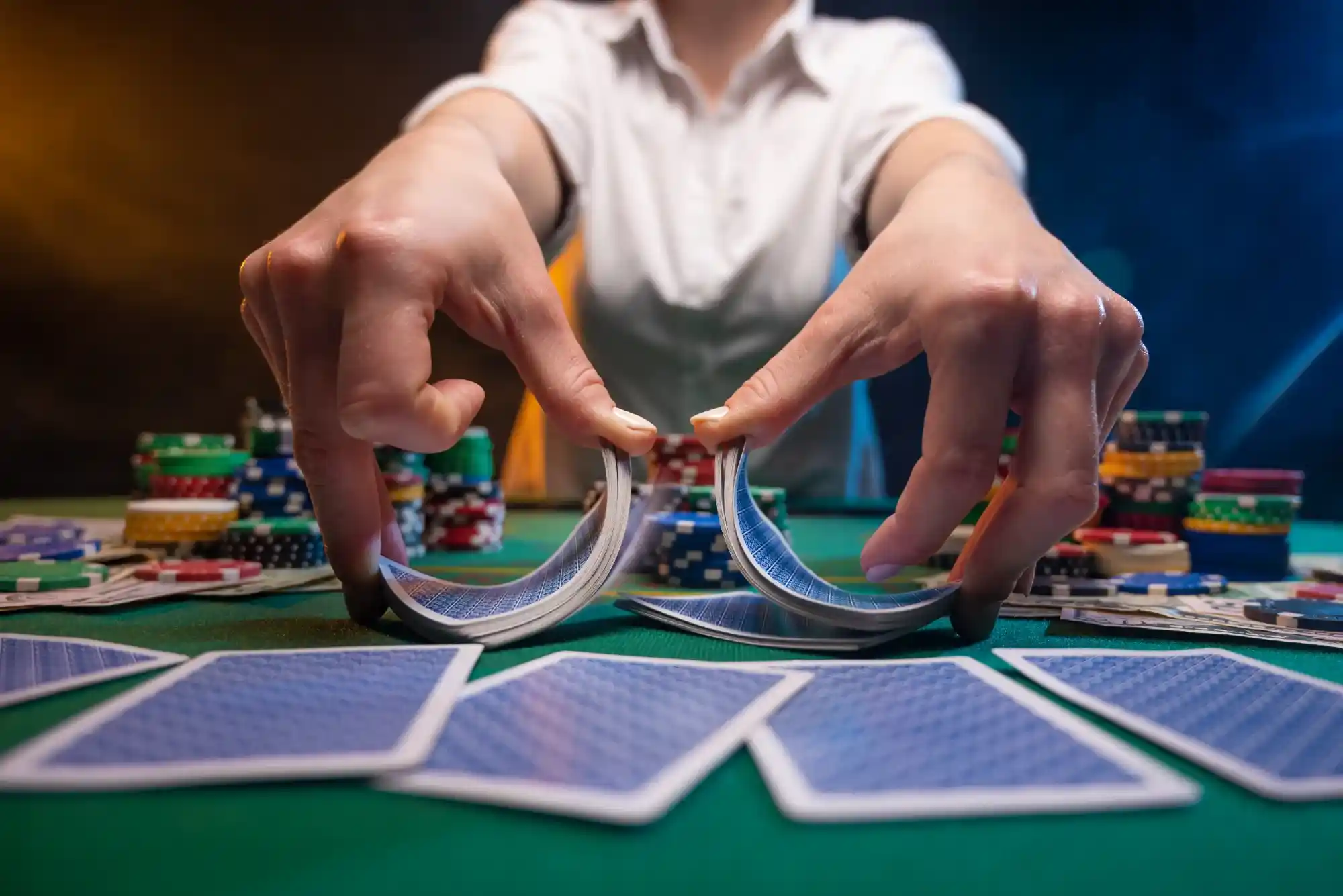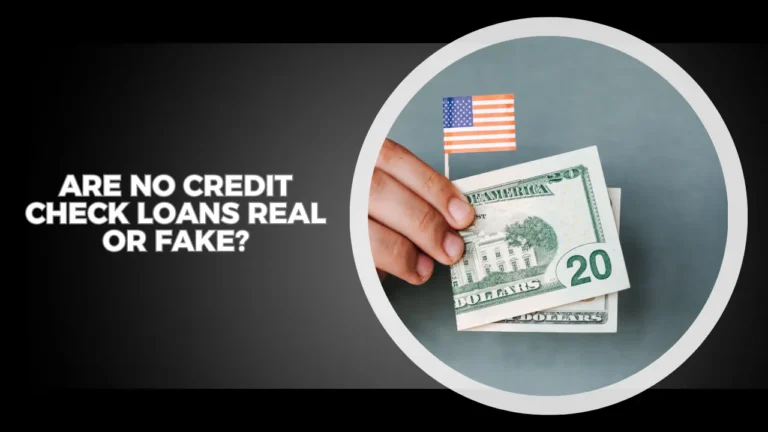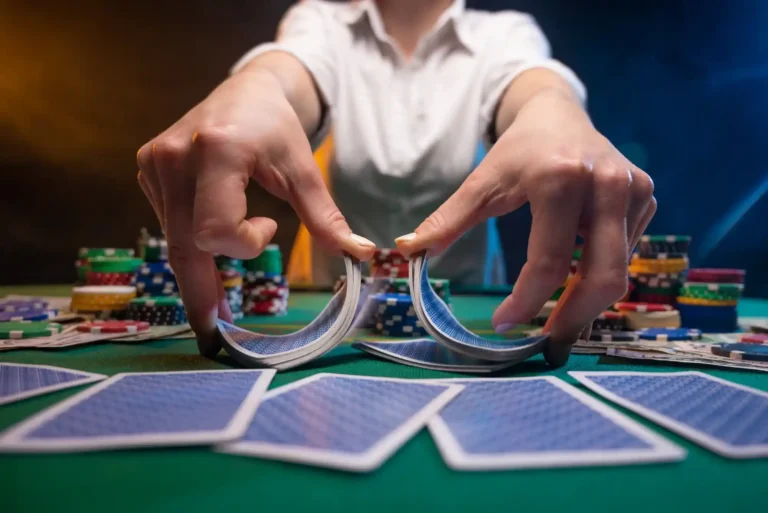Not long ago I sat beside a friend who was genuinely puzzled why his favourite retro-style fruit slot “never” triggered a free spins screen while the modern cascading-grid game next to it launched bonuses every 20–30 minutes. That sparked this breakdown. Bonus rounds feel ubiquitous today, but are they truly in every slot? Short answer: no—and the differences matter for volatility, bankroll strategy, entertainment value, and even how developers position math models in regulated markets.
Most players learn slot features by osmosis—chasing scatter symbols, hoping for wild reels, awaiting that teased respin. But beneath the flashy animations are deliberate design choices: some slots keep a pure base game, others layer on simple pick’em features, and the most elaborate titles weave multi-phase bonus ecosystems with progressive unlock tracks. Understanding what’s under the hood helps you judge realistic hit frequency, expected value (EV) shifts, and why two games with the same advertised RTP can feel radically different.
In the broader iGaming ecosystem—spanning classic online casinos, hybrid social models, and even tangential verticals like crypto sports betting sites that now host embedded slot lobbies—bonus architecture doubles as both retention tool and volatility lever. Knowing when a bonus exists (and when it doesn’t) keeps your expectations grounded and your session strategy rational.
What Exactly Is a “Bonus Round”?
In industry terms a “bonus round” is a distinct gameplay state separate from standard reel spins where alternate rules, multipliers, prize tables, or mechanics apply. Free spins with enhanced symbols, hold-and-spin respins, pick-a-prize treasure screens, wheel-of-fortune segments, trail ladders, expanding wild streaks, progressive jackpot attempts—all qualify. What doesn’t qualify is a single boosted payline payout or a random small coin win overlay that doesn’t change the base rule set. Some minimalist slots deliberately avoid secondary states to keep pace high and variance moderate.
Why Not All Slots Include Bonus Rounds
Design Philosophy & Audience
Developers occasionally build heritage or retro revival titles targeting players who prefer pure line-hit flow without interruption. These players may value faster cycle time, straightforward hit rate, and constant small dopamine ticks over episodic “event spikes.”
Regulatory & Market Constraints
Certain tightly regulated or emerging markets originally had simpler certification paths for straightforward math. Trimming out complex bonus logic reduced approval time and RNG test scope. While modern frameworks cater to elaborate features, legacy no-bonus titles remain in portfolios because they still monetize steadily.
Math Model Integrity
Including a high-potential bonus typically raises variance: the RTP slice allocated to bonus outcomes must come from somewhere. Some designers craft a “flat RTP distribution” where the bulk of expected return resides in iterative base hits instead of rare feature spikes. Removing a bonus can make the volatility descriptor slide from “high” to “low-medium” and appeal to bankroll-sensitive players.
Cost of Feature Fatigue
Paradoxically, constant minor features can dilute excitement. A purposeful absence of bonus rounds in a few catalog titles gives portfolio diversity, so operators can segment audiences (e.g., casual morning players vs. evening high-volatility chasers).
Types of Slots Without Traditional Bonus Rounds
You’ll encounter single-state classic fruit slots: 3 or 5 reels, fixed paylines, maybe a gamble/double-or-nothing option after a win (which is a post-win risk mechanic, not a bonus round). Some add wild substitutions but no scatter-triggered free spin state. Others provide a “nudging” or “hold” choice—again still inside base-state logic. Modern minimalist video slots sometimes mimic classic aesthetics but may embed micro random modifiers (e.g., a reel expansion for that spin only). These blur lines, yet if there’s no distinct multi-spin alternate mode with separate pay distribution, we still classify them as non-bonus.
How to Identify if a Slot Has a Bonus Before Wasting Bankroll
Open the paytable/help menu and look for dedicated sections labelled “Free Spins,” “Feature,” “Bonus Game,” “Hold & Spin,” “Jackpot Feature.” Absence of these headers usually signals no standalone bonus. Secondly, scan symbol list: no scatter or bonus symbol, only standard pay and a wild? Likely single-state. Third, volatility indicators in modern lobbies often pair “High Volatility + Feature Buy Available” with bonus-heavy titles. If the game lacks a Feature Buy button and advertises “Low Volatility,” it may be deliberately bonus-free.
Impact of Bonus Rounds on Volatility and Perceived RTP
Two 96% RTP games can feel different because of return distribution. In a bonus-heavy slot, perhaps 40–55% of theoretical return is tied to bonus states. If you miss those states during a short session, realized RTP plummets. In a non-bonus classic, return distribution is smoother: more of the 96% arises from steady small-to-mid base hits. That translates into narrower outcome bands session-to-session. Players sometimes mislabel the classic as “tighter” simply because there are no dramatic spikes; psychologically, absence of big events gets read as lower generosity.
Do Bonus Rounds Always Increase Player Value?
No. They reallocate entertainment and risk. Without a bonus, designers could have improved base hit frequency or line pay multipliers. A free spins round with stacked wilds feels lucrative because its standard deviation is higher, not necessarily because the game’s long-run EV is superior. The key is alignment: if you crave narrative escalation, a bonus-heavy slot gives better emotional ROI; if you aim for controlled bankroll longevity, a flatter game may outperform your subjective goals.
Bonus Frequency vs. Quality
A common misconception is that “frequent small bonuses” are kinder to bankroll. Actually, frequent low-yield features can drain time value: you sit through animations and modest returns that barely outpace base spin EV. High-quality, lower-frequency bonuses (e.g., 1 in 180–250 spins) may contribute larger RTP chunks per trigger. Read hit frequency data when available: some studios publish “Feature frequency ~1/120” and “Respin frequency ~1/35” to set expectations.
The Rise of Multi-Layer and Nested Bonus Ecosystems
Contemporary titles occasionally layer a meta-progression over core bonus states: collect tokens in base play to amplify future free spins or unlock a super bonus. Nested features (e.g., triggering a pick game inside free spins that leads to jackpot wheels) increase effective feature density without raising primary trigger frequency. This yields longer bonus sessions (higher experiential minutes per trigger) while maintaining economic balance.
Feature Buy / Bonus Buy Options
Where permitted, players can pay (often 50–100× bet) to force-entry into the main bonus. This changes value calculus. The presence of a Feature Buy almost guarantees a designed core bonus exists; if you see no buy button, the game either lacks a bonus or region restrictions hide it. Evaluating a Feature Buy: compare the advertised average payout multiple (if disclosed) or community empirical data versus cost. Many high-volatility buys have an average return somewhat below 100% (e.g., 96% slot where base+bonus composite is 96%, but the bought bonus internally might only average 94–96%). Buying effectively compresses variance time horizon but doesn’t magically raise EV.
Progressive Jackpots as Bonus States
Some players misinterpret progressive jackpot reels or pick screens as separate “bonus rounds.” Technically, they are, but jackpot triggers can be random appended events without scatter in base. A classic slot could appear bonus-less yet still hold a random jackpot overlay. Here, the jackpot event is a bonus even if marketing doesn’t label it. Always read if a “random chance to win the jackpot on any spin” exists—it subtly shifts value into the tail of outcome distribution.
Respins, Hold-and-Spin, and the “Is It a Bonus?” Gray Area
Hold-and-Spin mechanics (lock symbols, respin remaining reels) operate as transitional states. Some paytables list them as “Feature,” others treat them like enhanced base continuity. For bankroll planning, treat multi-respin sequences as mini bonuses because they cluster potential return into a concentrated window, affecting pacing and time-on-device.
RTP Segmentation and Adaptive Feature Weighting
Advanced platforms sometimes deploy multiple RTP profiles of the same slot (e.g., 92%, 94%, 96%) where operator selection influences bonus weighting. Lower RTP configurations often trim bonus potential more than base pay tables because it’s simpler to reduce high-end win ceilings than modify hundreds of small line pays. That’s why a slot may “feel” less feature-rich at one site compared to another—it may literally be running a different math profile.
Practical Bankroll Strategy: Bonus vs. Non-Bonus Slots
If you play short sessions (say 100 spins), non-bonus or low-volatility games can give more consistent enjoyment because your probability of even seeing a main feature in a high-volatility bonus slot may be under 40%. For marathon play or streaming, bonus-rich titles create highlight moments worth waiting for. Blending both styles in a session plan can stabilize variance: start with a flatter game to establish a cushion, then allocate a defined slice to high-volatility bonus hunting.
Psychological Edge—Avoiding “Bonus Tunnel Vision”
Chasing a bonus after 300 scatter teases can induce escalation: increasing bet size to “force” the feature. Remember: scatter distribution is independent; past non-triggers don’t raise near-future probability (beyond any internal adaptive weighting some games may employ for entertainment smoothing). Plan a stop-loss on feature pursuit: e.g., “If no main bonus by 200× base bet in turnover, I switch games.”
When a Slot Lacks a Bonus—Maximizing Interest
Look for side mechanics: expanding wild reels, symbol upgrades, mystery symbol reveals, multi-line multipliers. Some “simple” games hide depth via payline density (e.g., 243 ways) or stacked symbol synergy that can produce large base hits rivaling moderate bonus payouts. Track base game hit rate (often 25–38% in many video slots, sometimes 40%+ in no-bonus classics). A higher hit rate keeps incremental reinforcement loops firing.
Developer Trends: Will Every Future Slot Have a Bonus?
Trendlines suggest nearly all new releases incorporate some event layer—if not a full free spins round then at least a collector meter or micro-feature—because streaming and social sharing favor spectacle. However, a counter-movement of purist classics persists, especially on mobile quick-play tabs, because session length fragmentation demands instant engagement without lengthy feature sequences.
Comparing Two Hypothetical 96% Slots
Slot A (Bonus Heavy): 96% RTP with 48% allocated to bonus, bonus frequency 1 in 170 spins, average bonus payout 85× bet, base hit rate 27%.
Slot B (No Bonus): 96% RTP, base hit rate 37%, occasional large stacked symbol wins up to 500×, no free spins.
Short 150-spin session EV is identical, but distribution differs: probability of no main feature is ~57% in Slot A, making realized variance high; Slot B yields smoother cumulative net due to more frequent small wins.
Responsible Play and Bonus Design
Bonus anticipation can lengthen sessions beyond planned budgets. Use session timers and pre-commitment notes (“Stop after first full bonus cycle or +/− X bankroll change”). Some jurisdictions require reality checks—embrace them. Remember: entertainment value per minute, not just bonus triggers, defines sustainable play.
Final Thoughts
No, bonus rounds are not in every slot, and that’s a feature, not a bug. Their presence reshapes volatility, pacing, psychological hooks, and strategic bankroll considerations—but does not inherently increase long-term return. By properly identifying game structure upfront—reading help files, understanding RTP distribution, assessing feature frequency—you can choose experiences aligned with your goals: steady engagement, highlight-chasing spectacle, or a balanced mix. Treat bonuses as entertainment accelerators and plan around their variance rather than assuming they are your ticket to outsmarting the math. Master that perspective and you move from reactive spinning to informed session design.





